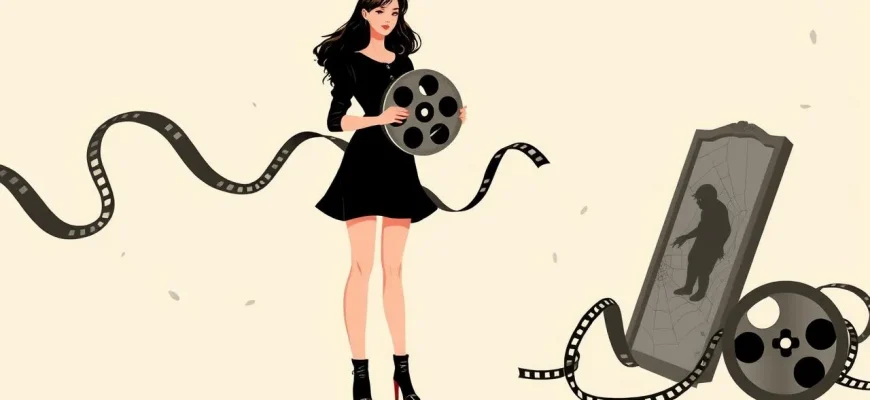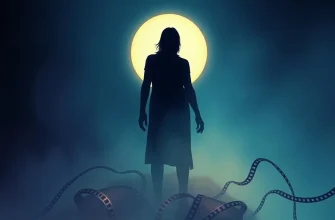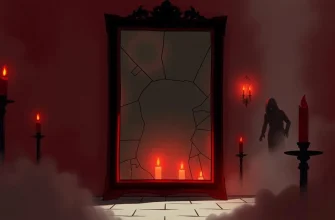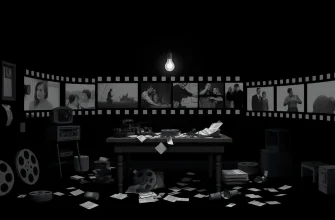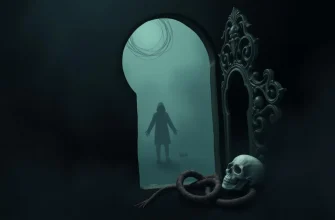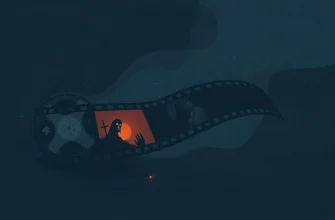Horror films have a unique way of capturing our deepest fears and anxieties, often reflecting the societal issues of their time. This curated list of restored horror classics not only brings back the spine-tingling suspense and eerie atmospheres but also showcases the art of film restoration, allowing modern audiences to experience these timeless tales in a new light. From silent cinema to early talkies, these films have been meticulously restored to preserve their original intent and impact, offering a blend of nostalgia and fresh horror for both new viewers and long-time fans.
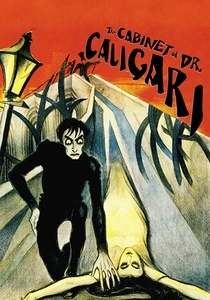
The Cabinet of Dr. Caligari (1920)
Description: A masterpiece of German Expressionism, this film's restoration highlights its unique visual style, with distorted sets and exaggerated performances, making it a landmark in horror cinema.
Fact: The film's set design was so influential that it inspired many future horror films and even elements of film noir.
 Watch Now
Watch Now 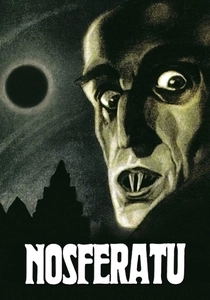
Nosferatu (1922)
Description: This silent film adaptation of Dracula is often considered the first true horror movie. Its restoration in 2006 brought back the haunting visuals and eerie atmosphere, making it a must-watch for horror enthusiasts.
Fact: The film was an unauthorized adaptation of Bram Stoker's "Dracula," leading to legal action by Stoker's widow, resulting in all copies being ordered destroyed, though some survived.
 Watch Now
Watch Now 
The Phantom of the Opera (1925)
Description: Lon Chaney's iconic performance as the Phantom has been restored to showcase the film's technical achievements and the haunting beauty of its sets, making it a cornerstone of horror cinema.
Fact: Chaney created his own makeup for the Phantom, which was so effective that it terrified audiences and led to many fainting spells.
 Watch Now
Watch Now 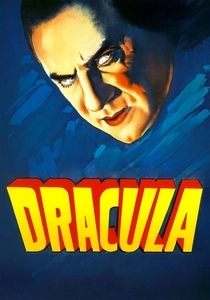
Dracula (1931)
Description: Bela Lugosi's portrayal of Dracula has become synonymous with the character. The film's restoration in 2004 brought back the eerie atmosphere and Lugosi's captivating performance.
Fact: Lugosi was so typecast after this role that he played Dracula in numerous stage productions and films, including a Spanish-language version shot simultaneously with the English one.
 Watch Now
Watch Now 
Frankenstein (1931)
Description: This adaptation of Mary Shelley's novel features Boris Karloff's unforgettable performance as the Monster. Its restoration in 2009 preserved the film's chilling atmosphere and groundbreaking special effects.
Fact: Karloff's portrayal was so powerful that it led to the creation of the Universal Horror Monster franchise.
 Watch Now
Watch Now 
Freaks (1932)
Description: This controversial film about a circus sideshow was initially banned for its portrayal of people with disabilities. Its restoration in 1994 brought back its raw, unsettling narrative, now seen as a sympathetic portrayal.
Fact: The film was banned in the UK for over 30 years due to its depiction of disability, but it has since been reevaluated as a groundbreaking work.
 Watch Now
Watch Now 
Cat People (1942)
Description: This psychological horror film about a woman who believes she turns into a panther when aroused has been restored to highlight its eerie atmosphere and innovative use of shadows and light.
Fact: The film was remade in 1982, but the original remains a classic for its subtlety and psychological depth.
 Watch Now
Watch Now 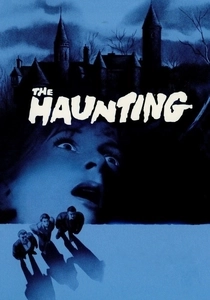
The Haunting (1963)
Description: Based on Shirley Jackson's novel, this film's restoration in 2003 brought back the chilling suspense and psychological horror, with its use of sound and camera work creating an atmosphere of dread.
Fact: The film uses no special effects or jump scares, relying entirely on atmosphere and suggestion to create fear.
 Watch Now
Watch Now 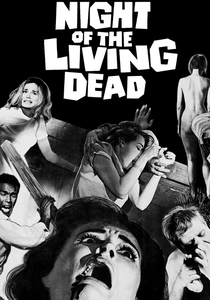
Night of the Living Dead (1968)
Description: George A. Romero's groundbreaking zombie film was restored in 1999, preserving its raw, gritty feel and social commentary, making it a cornerstone of modern horror cinema.
Fact: Due to a copyright error, the film entered the public domain, allowing it to be widely distributed and seen by millions.
 Watch Now
Watch Now 
The Invisible Man (1933)
Description: With its groundbreaking special effects, this film about a scientist who turns invisible has been restored to showcase the technical wizardry of its time, making it a must-see for horror fans.
Fact: The film's special effects, particularly the scenes where the Invisible Man removes his bandages, were groundbreaking for the era.
 30 Days Free
30 Days Free 
